When it comes to nutrition, what we drink can be every bit as important as what we eat. With worries about alcohol consumption on one hand, and sugar on the other, making a health choice can be challenging.
We’re going to put two of the bad boys of the beverage world head to head. Beer vs soda – which is worse for your health? With lots of competing information out there, we’re going to separate the facts from the fiction.
So read on to find out how to make healthier choices!
A Health Warning before Beer Vs Soda
This is an article about health – so we’re going to start with a health warning.
It’s very easy to compare some metrics for beer and soda, in relation to calories and sugars. And it’s very easy to say, “beer has alcohol and soda doesn’t”.
If you’re searching online, you’ll find lots of articles that come to the conclusion that beer is pretty much fine. That’s not the case for the very many people who have serious problems with alcohol misuse.
If you’ve suffered from alcohol addiction, one beer can be all it takes to spiral back into problem drinking. So if you’ve had serious worries about your drinking in the past, stop reading here. Beer is bad news for you. Stay away from it.
With that warning out of the way, we’re going to look at the nutritional content of beer and soda. And we’ll debunk some of the myths you might have heard.
Beer Vs Soda – Sugar Facts
There’s a lot of variation in the types of both beer and soda on the market. That makes a general comparison very difficult.
Non-diet versions of soda are, however, usually very high in sugar. That’s why diet versions of them are made in the first place. They aim to replicate the flavor using sweetener, reducing the number of calories and eliminating the sugar content.
The amount of sugar in any particular soda depends on the brand. Coca-Cola’s original formulation contains 39 grams of added sugars in a 12-ounce can. A 20-ounce bottle of Dr. Pepper contains 64 grams.
The American Heart Association recommends that men should have no more than 37.5 grams of sugar per day. Their recommendation for women is just 25 grams a day.
That makes these sodas excessively high in sugar. And that means they can lead to all manner of problems – from bad teeth to obesity and depression.
They should be consumed only as a very occasional treat. Switch to diet sodas, though, and you usually won’t be consuming any sugar at all.
Normal strength beer, on the other hand, doesn’t contain any sugar either. But that’s not the same for low-alcohol or non-alcoholic beers.
A typical low-alcohol beer has 2.4 grams of sugar per fluid ounce. If you had the same sized serving as that bottle of Dr. Pepper, that would mean consuming 48 grams of sugar. The same sized serving as the can of Coke would give you nearly 29 grams.
So while the sugar content of low-alcohol beer is a bit lower than that of soda, it’s still high. It’s another drink that it’s sensible to think of as an occasional treat.
There are lower sugar options out there, though. A can of Coors Edge non-alcoholic beer has just 5 grams of sugar.
Beer Vs Soda – What About Calories?
Sugar goes hand in hand with calories – but some drinks that don’t have sugar still have plenty of calories. And one of those drinks is beer.
As with sugar, it’s important to remember that the number of calories vary widely between drinks. Regular sodas tend to have tons of calories. Diet sodas have far, far fewer.
Normal strength beers have roughly the same number of calories as standard sodas. Light versions can have far fewer.
Let’s look at some of the brands to see how this plays out.
A 12-ounce can of classic formula Coca-Cola has 140 calories. The same sized can of Pepsi or Dr. Pepper has 150.
Now let’s take a look at beer. The same 12-ounce serving of Budweiser has 144 calories. For Heineken, it’s 149 calories. Stella Artois has 154 calories.
That is to say – they’re all pretty similar.
Now let’s see how the diet versions measure up. A can of Diet Coca-Cola has no calories at all. The same goes for Diet Pepsi and Diet Dr. Pepper.
A 12-ounce bottle of Bud Light, on the other hand, has 110 calories. Heineken’s 0.0 non-alcoholic beer has just 69 calories. Stella Artois don’t make a diet version of their lager, but Coors Light has 102 calories.
So when it comes to calories in standard versions, beer and soda are pretty much as bad as each other. If you opt for light versions, you’ll see a significant reduction in calories. But whilst most diet sodas are calorie-free, that’s not the case for light beers.
You can enjoy any of these drinks in moderation. Just keep in mind the overall calorie guidelines. That’s about 2,000 calories a day for women, and 2,500 calories a day for men. Stick to those limits, and you’re unlikely to find you put on weight.
Beer Vs Soda – What About Vitamins and Minerals?
Beer contains a lot of B-vitamins, plus minerals including potassium, magnesium, biotin, phosphorous and selenium. Less good news is that alcohol destroys vitamin C and vitamin B complex. And it impairs your body’s ability to absorb vitamins and minerals too.
Generally speaking, soda doesn’t contain vitamins and minerals at all. A few, though, do. Coca-Cola Energy has added vitamin B3 and B6. Dr. Pepper contains calcium, zinc, iron, manganese, phosphorous and a tiny amount of selenium.
Sprite has postassium, magnesium and calcium. Less positively, it has a lot of sodium too.
Beer Vs Soda – What About Alcohol?
Let’s start with clearing up some nonsense we’ve seen in a lot of online articles about beer and health. Moderate consumption of alcohol is not good for you.
There is some evidence that drinking up to 15 units (150 milliliters) of alcohol per week has advantages for cardiovascular health. There is plenty of evidence that alcohol consumption at lower levels than this has negative effects on blood pressure.
There is no “safe” level for alcohol consumption. The guideline amounts are intended to set a level below which your risk of harm is low.
And if you regularly consume more than the 14 units recommended per week, you’re stacking up a host of health problems. Everything from anxiety and depression to heart disease, liver damage, problems with your reproductive system and a range of cancers.
That’s before we get into the risks associated with alcohol addiction, and the link between alcohol abuse and suicide.
There’s more bad news when it comes to the nutritional aspects of alcohol too. Beer might be low in sugar, but it can also cause your blood sugar levels to drop fast. That can give you the munchies – as anyone who’s ordered a late-night burger or pizza after drinking can confirm.
It also means you’re less able to tell when you’re full. So when hunger strikes, you may eat more than you should.
And that “beer belly” is no myth. Alcohol also makes your body less able to burn up the fat that it’s stored. And it puts a strain on your liver, which has to work hard to metabolize the alcohol. That in turn can make it swell and fill with fat, giving many regular beer drinkers their characteristic paunch.
So Which is Worse – Beer or Soda?
There’s no easy answer to the question of whether beer or soda is worse for you.
If you’re drinking soda that’s high in sugar, do it sparingly. That sugar content can be extremely high. That’s harmful for your dental health and will increase your risk of everything from diabetes to acne and depression. It can even make your skin age more quickly!
A sensible solution is to switch to diet sodas. But note that these contain sweeteners which won’t be suitable for everyone. There is some evidence, for example, that people who are overweight already may see an increased risk of Type 2 diabetes.
The best option is to treat sugary drinks – even diet versions – as an occasional treat. And don’t forget that sugar is addictive. If you cut back, over time you’ll find the craving for sweet drinks diminishes.
When it comes to beer, drink it in moderation. Remember that different beers contain different amounts of alcohol. If you’re concerned about whether you’re drinking too much, keeping a diary can be very helpful. Review it after a few weeks, so you can get a clear picture of your drinking habits.
And consider switching to low alcohol or non-alcoholic beers. Just remember – they still contain calories. And dealing with any amount of alcohol puts some strain on your body.
As with regular sodas, it’s a good idea to treat normal-strength or stronger beer as an occasional treat. Switch to lighter versions and you’ll be able to enjoy it more often.
And switch to non-alcoholic versions and a lot of the issues with beer disappear. Just make sure you know how many calories it contains, so you don’t find yourself putting on weight.
Conclusion
We hope you’ve found our review of the facts around beer vs soda helpful. Whichever drink you prefer, you can enjoy it in moderation. Just don’t drink it all the time!
Make the right choices, and you’ll be fitter and healthier. And most important, you’ll feel better too.


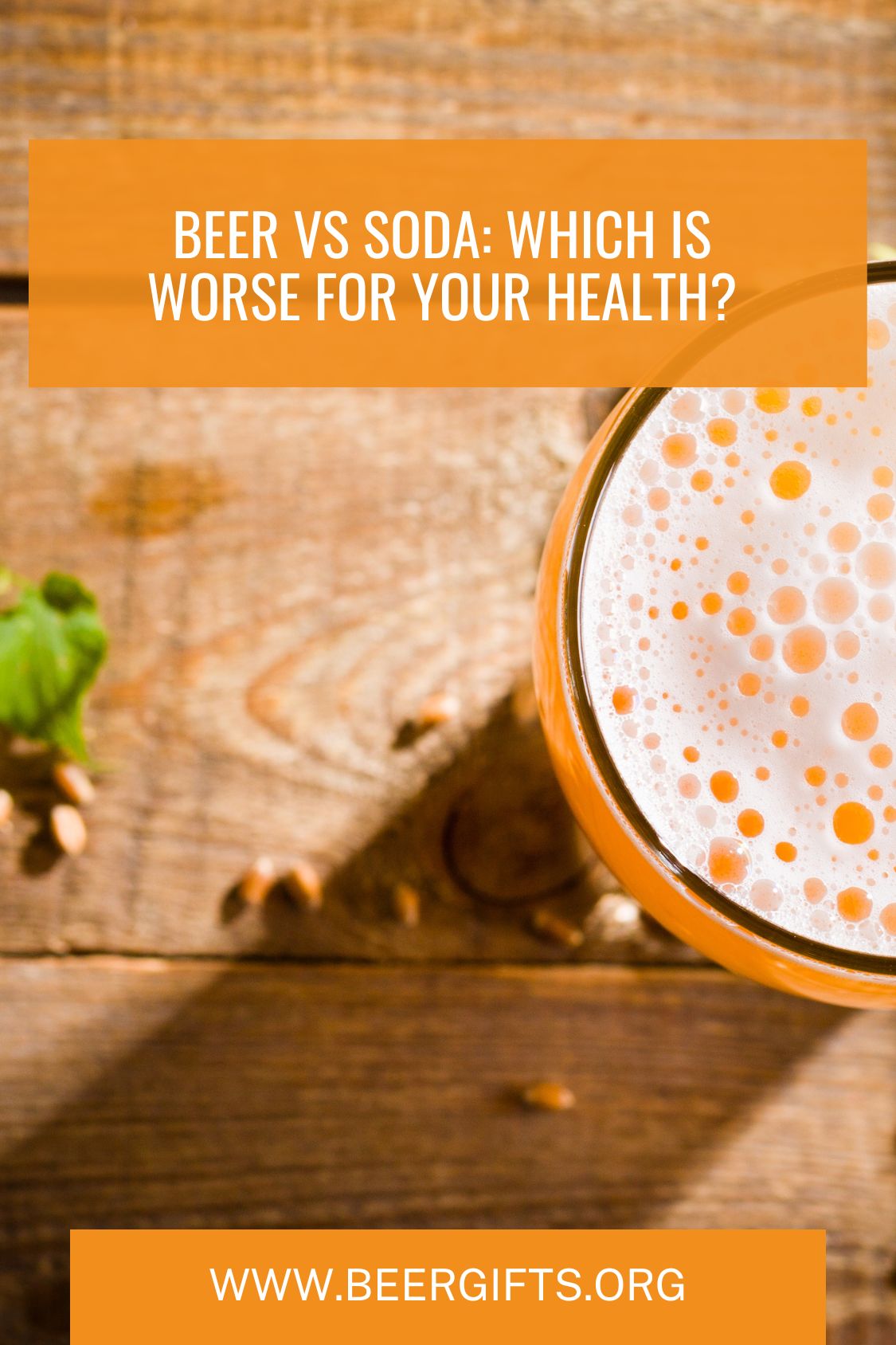
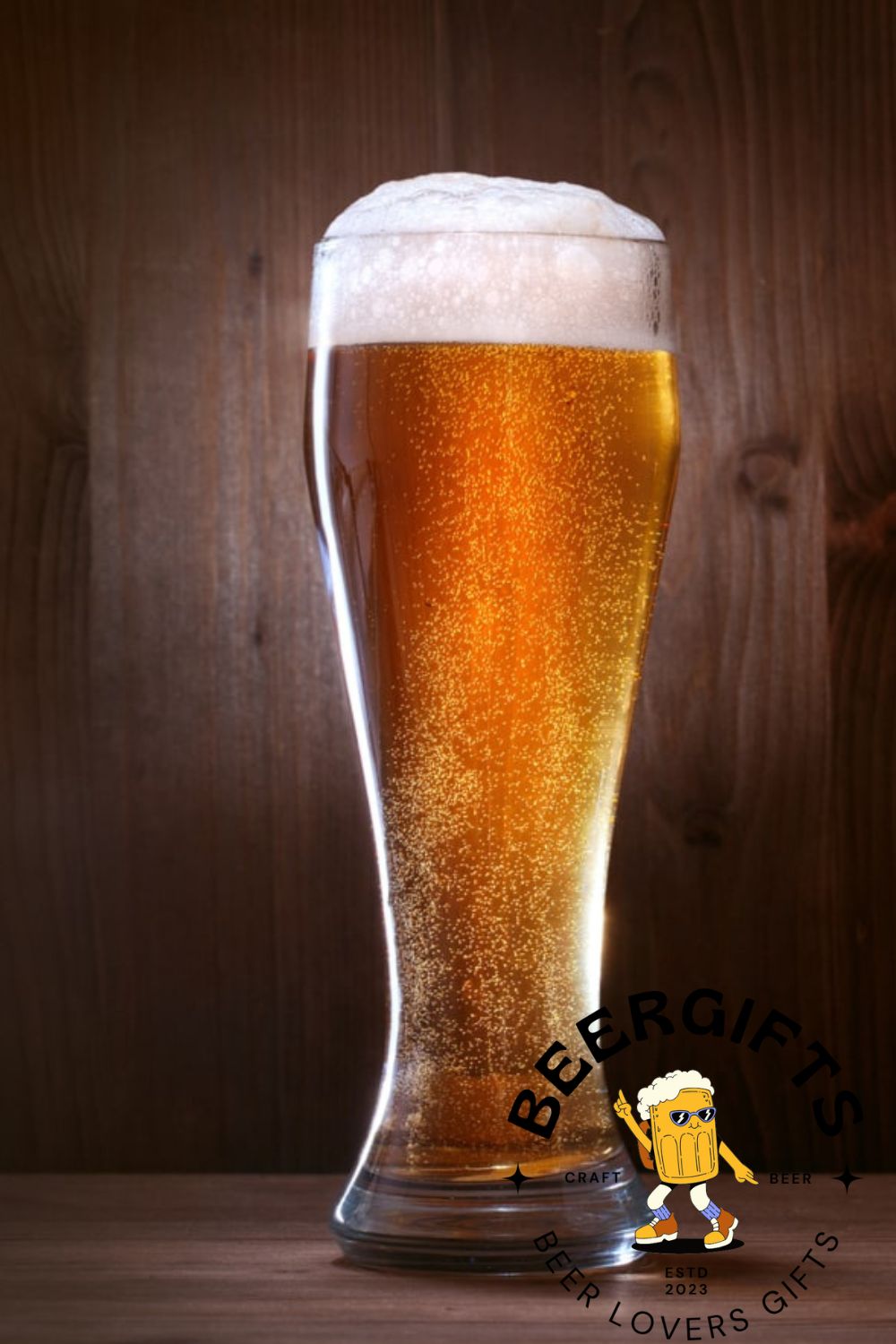
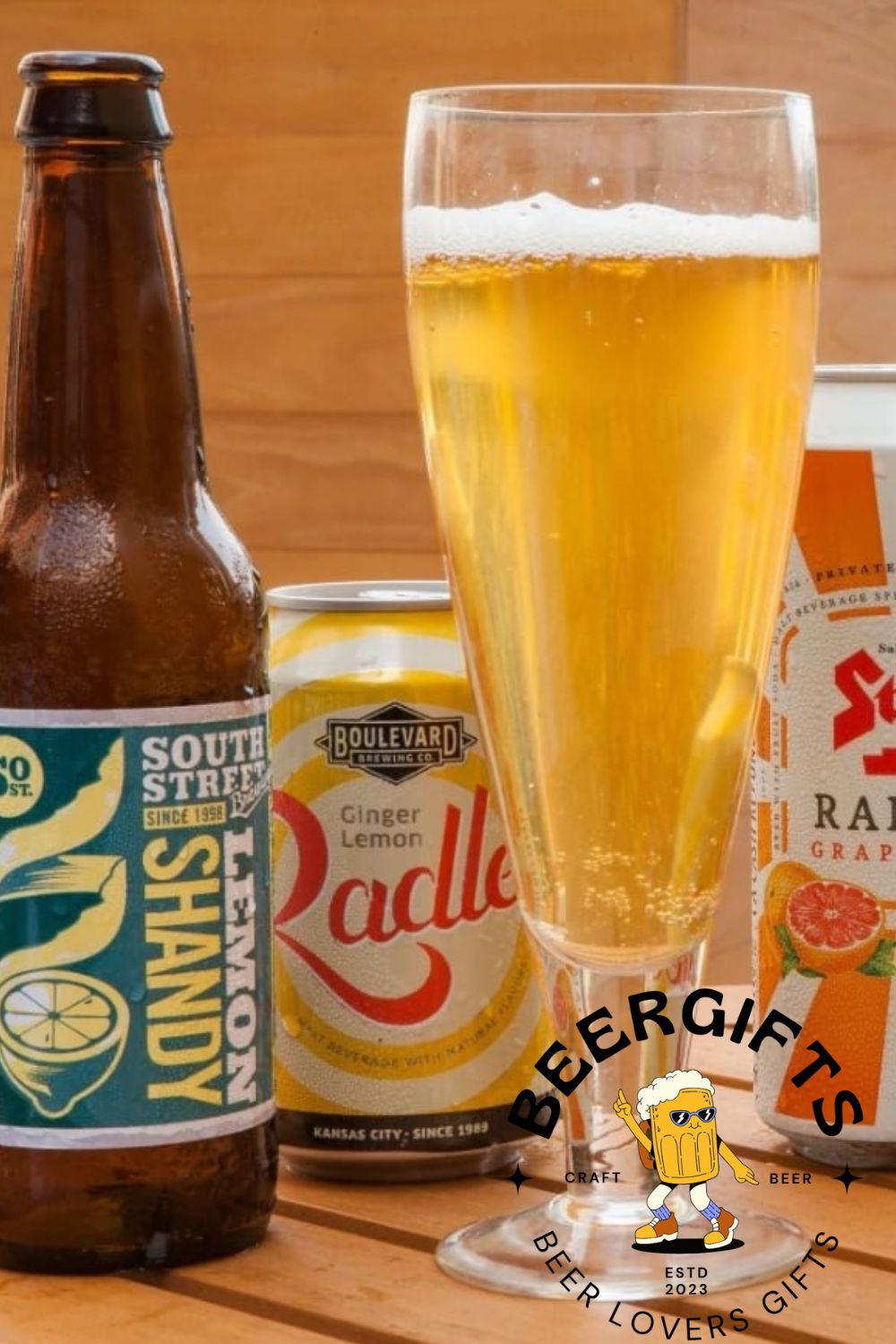
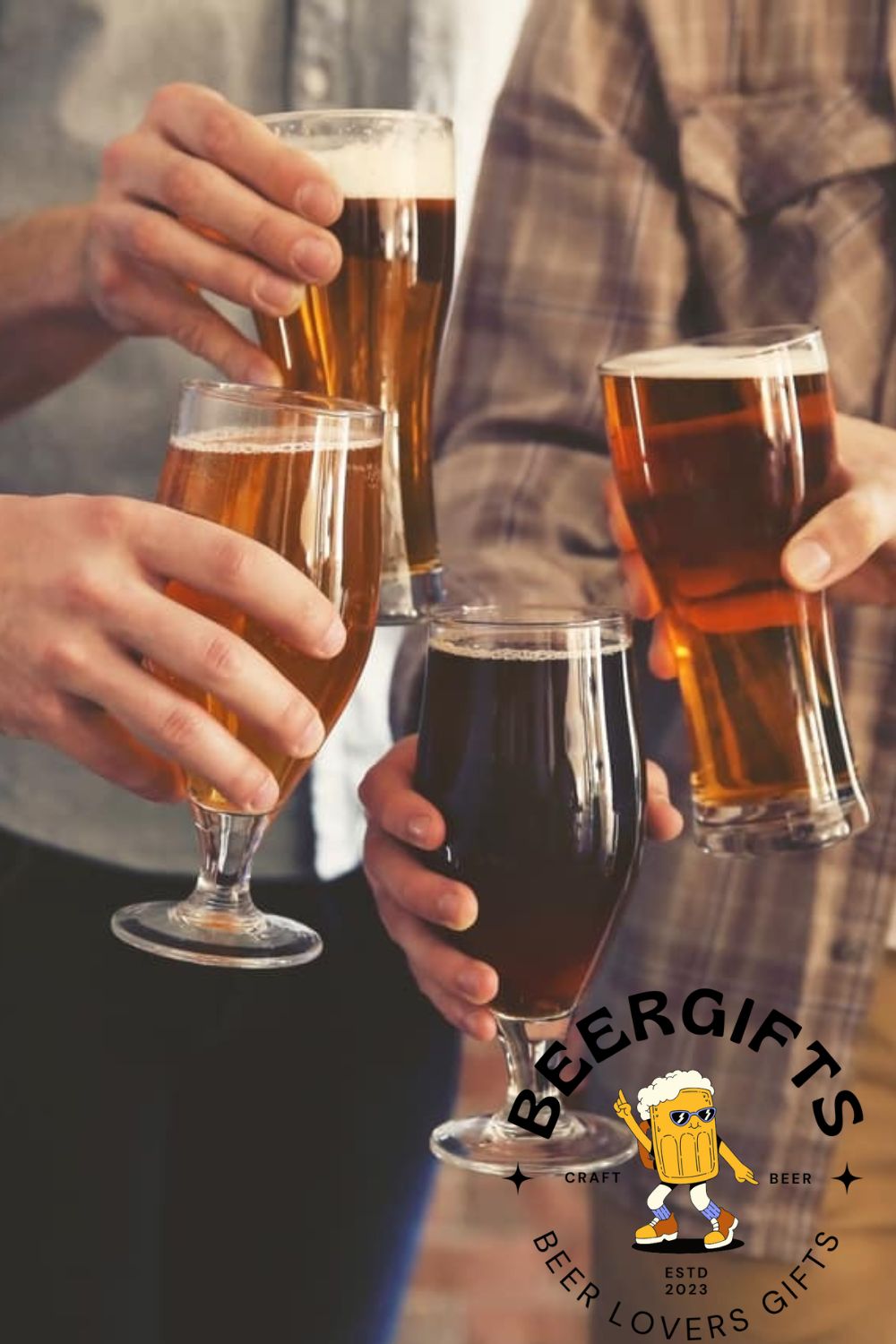
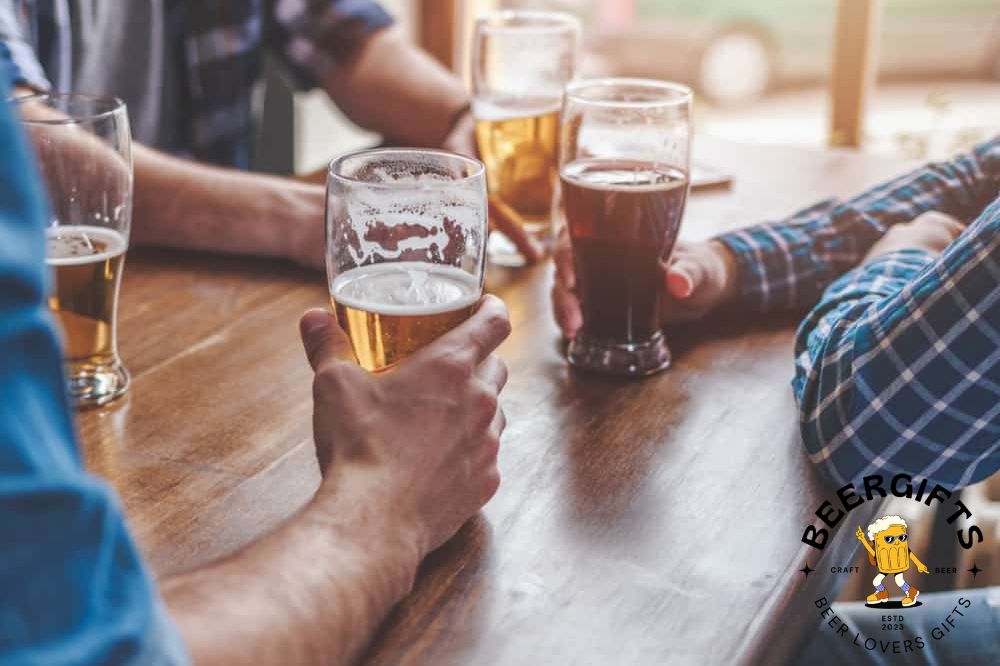
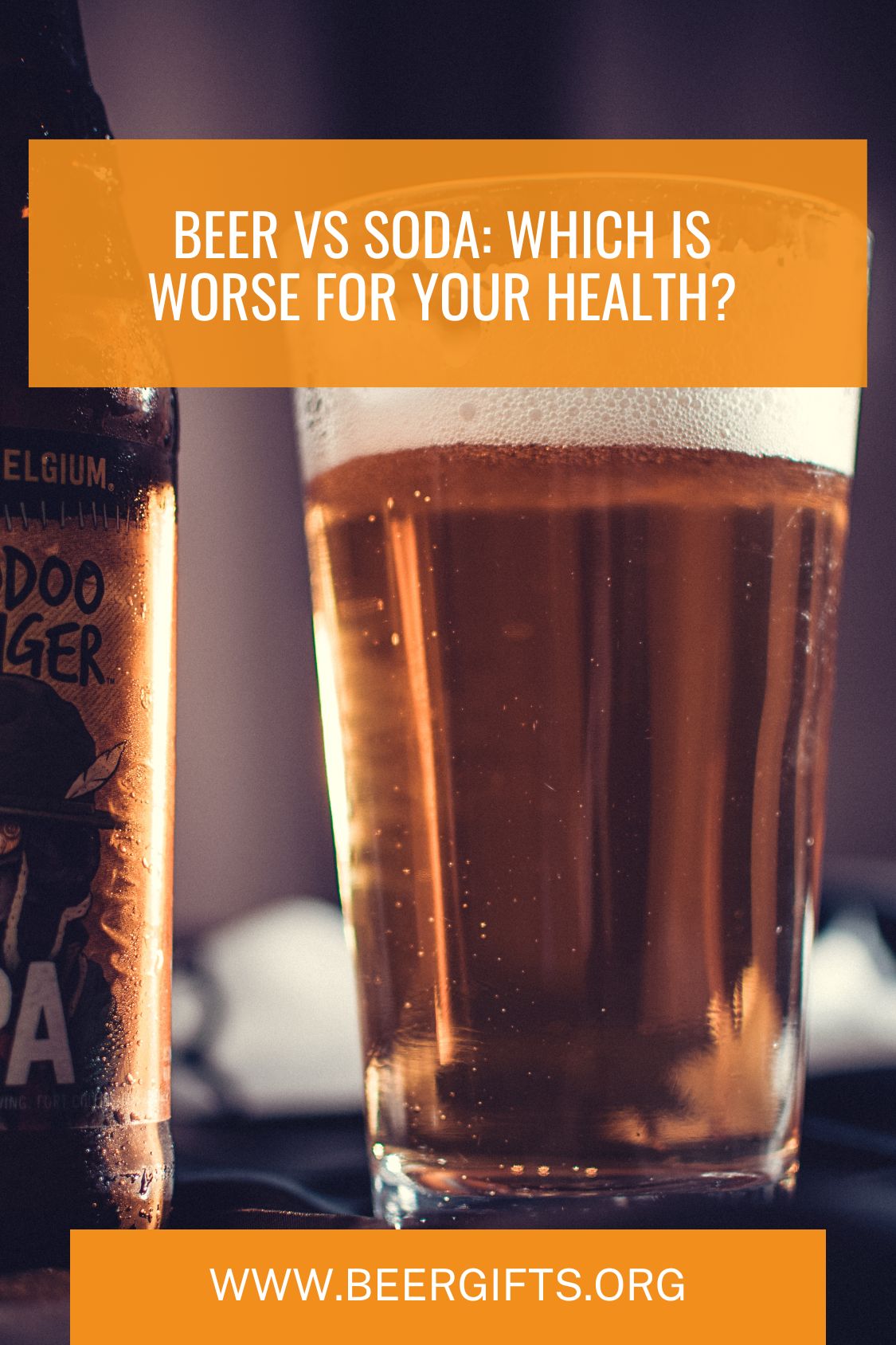
I asked about sodium, which has the least, and you gave me sugars and calories. Not helpful at all